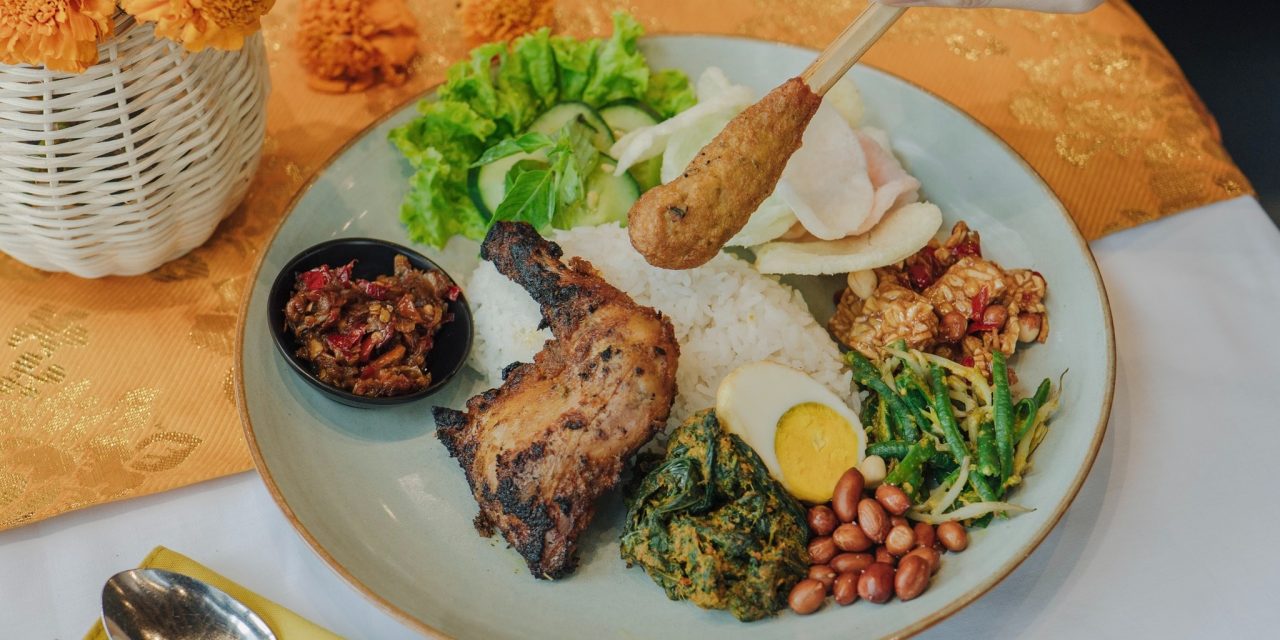If you’ve ever stepped foot in Bali, you may have been enthralled by the vibrant rhythms of Kuta’s traditional dance. It’s not just a performance; it’s a rich cultural narrative told through movement, music, and expressions. Today, I want to take you on a journey—first as a fellow dance enthusiast, and second as someone who has dedicated a little time to mastering Kuta dance. Whether you’re looking to step out onto the dance floor or simply want to appreciate the art form more, this tutorial is designed for you, the beginner.
What is Kuta Traditional Dance?
Kuta traditional dance is an essential part of Balinese culture, showcasing intricate movements and colorful costumes that represent local folklore. As I watched my first Kuta dance performance on my trip to Bali, I was mesmerized by the grace of the dancers and the lively music that accompanied them. I thought to myself, “I want to learn how to do that!” Fast forward a few years, and here I am, ready to share what I’ve learned with you.
Getting Started: The Basics
Before we dive into the moves, it’s essential to understand the cultural significance of Kuta dance. Learning this dance isn’t just about the steps; it’s about connecting with the rich heritage of Bali. When I started taking lessons, my dance instructor always emphasized that every movement tells a story. So, let’s break it down!
1. Finding Your Rhythm
The first step in any dance is getting comfortable with the rhythm. Kuta dance is set to traditional gamelan music, which has a distinct beat. To get started, you might want to:
– Listen to Gamelan Music: Surround yourself with the sounds of traditional Balinese music. Try finding playlists on Spotify or YouTube. Feel the beat, and let it seep into your body.
– Practice Clapping to the Beat: Before moving onto footwork and hand gestures, spend some time clapping along to the music. This helps internalize the rhythm.
2. Basic Footwork
Once you feel the rhythm, it’s time to work on the foundational footwork. Here’s a simple example to get you started:
– The Tread: Stand with your feet shoulder-width apart. Step your right foot out to the side while shifting your weight onto it, and then bring your left foot to meet it. Repeat this, but switch sides.
I remember this step was a bit awkward for me at first. I felt like I was doing a very clumsy two-step! But trust me, persistence pays off. Practice these steps in front of a mirror—it helps to see how your body moves in real-time.
3. Hand Movements
In Kuta dance, hand gestures are just as vital as footwork. They convey emotion and storylines. Here is a simple hand movement:
– The Peacock Gesture: Extend your arms out to your sides with fingers gracefully extended. Then, bring your hands to your chest as if framing your heart. This gesture symbolizes beauty and grace.
When I tried this in my first class, I remember feeling a little silly. It felt so over-exaggerated! However, the more I practiced, the more elegant it felt. Just embrace it!
4. Facial Expressions
Expressions play a significant role in Kuta’s storytelling. Practice in front of a mirror, experimenting with different emotions—from joy to sadness to triumph. Do not shy away from exaggerating; it will help you feel more natural when performing.
Putting It All Together
Now that you have a grasp of the basics—rhythm, footwork, hand movements, and facial expressions—let’s combine them. Play your favorite gamelan music, and try to incorporate all the elements we’ve discussed.
You can set up a little practice routine that includes:
1. Starting with your footwork for about two minutes.
2. Adding your hand movements for the next two minutes.
3. Finishing with facial expressions to the music.
It may feel a bit chaotic at first, and believe me, I’ve tripped over my own feet more times than I can count! But here’s a relatable tip: when I felt unsure, I would just focus on enjoying the music and letting my body move freely.
Joining a Class
Many locals and expats share their love for Kuta dance through workshops or classes. When I decided to join a local dance group, it was one of the most rewarding experiences. Not only did I learn, but I also got to connect with others who shared my passion.
Look for community centers or cultural organizations that offer beginner’s classes near you. These spaces are often welcoming, and you can gain invaluable feedback from experienced instructors who appreciate your efforts.
Final Thoughts: Dance Like Nobody’s Watching
Dancing is a beautiful expression of oneself. Whether you aim to perform a flawless Kuta dance or simply want to learn for fun, remember that everyone starts somewhere. The most important thing is to enjoy the process and celebrate your progress.So, don your colorful costume, immerse yourself in the rhythm, and let the spirit of Kuta dance flow through you. And who knows? You might just find yourself stealing the show at the next family gathering or community event. Happy dancing!






